Injection molding is one of the most popular manufacturing processes in the world. It is extremely versatile and can produce high quality parts with great efficiency at a low cost. As with every process, it has its limitations.
In order to understand what these limitations for injection molding are, we need to consider the part design, all aspects of process parameters such as material selection or tool construction, and the selected equipment size. This way we can make sure that we take advantage from conditions offered by plastic technologies also on a market of small scale production – read about advantages below in this article.
1. Introduction to Injection Molding
Injection molding is a manufacturing process for producing parts in large volume. It is most typically used in mass-production processes where the same part is being created thousands or even millions of times in succession.
Injection molding is an incredibly useful manufacturing process. It offers repeatable build tolerances, high production rates, and a wide range of material options. But injection molding has its limitations. Knowing what injection molding can and can’t do helps you understand whether the process is the best fit for your design—before you sink major costs into building a mold.
2. High Initial Tooling Cost
One of the biggest drawbacks of injection molding is the high upfront tooling cost. Unlike other low-cost manufacturing processes such as 3D printing or CNC machining, which can fabricate various prototypes or end-use parts out of plastic or metal blocks, injection molding requires high-precision tools that are costly to develop before you are able start prototyping or production. These tools (Injection molds) are usually made of high-strength steel or aluminum and must be capable of tolerating extremely high temperatures and pressures during the process.
The cost to make a mold essentially depends on a number of factors, including part complexity and resolution, number of cavities (how many similar parts will be produced per cycle), tool material grade and expected future production volume, etc. For startups that produce in low-volume this can be quite obvious show stopper.
Why Are Injection Molding Tooling Costs So High?
2.1 Material of the Mold
Injection molds need to be built to handle incredibly high pressure and brutal heat, so they are almost always made with hardened steel or aluminum. Most simple prototypes can be injected with an aluminum mold since it’s much easier to machine, and therefore cheaper.
So then I would ask other technicians around the office what we’ve used in the past. If a more durable material like H13 was previously machined well for reasonable cost obviously that material should get considered first over 6061 aluminum which has to operate between tough core pins.
2.2 Design Complexity
Parts that have complex features, undercuts, threads or thin walls need advanced molds design, which includes Slides, Lifters, Inserts and Cooling systems as additional components in the mold manufacture which adds to the complexity and cost of manufacturing the mold.
2.3 Precision Requirements
Industries like automotive, aerospace and medical require very high precision and close tolerances. To achieve such accuracy requires high-end CNC machines, advanced EDM processes, and skilled labor; all of this adds up to higher tooling costs.
2.4 Multi-Cavity Molds
To increase efficiency and produce more parts per cycle, manufactures use multi-cavity molds. These molds produce more parts but are much more expensive to design and build compared to single-cavity molds.
Conclusion
Injection molding is unarguably one of the most influential and important manufacturing processes in the world. Offering high-volume production, consistent quality and tolerances, and identical parts that can be manufactured in millions, injection molding has become a behemoth in the manufacturing sector with applications slashing across crucial sectors such as automotive, medical devices, consumer goods and packaging. On the other hand, there are several limitations associated with injection molding that designers manufacturers should consider before deciding upon whether or not to use it as a suitable process for production.
Also reflected on its large magnitudes of tooling investment at prototype stages to mere concept debugging however evident amongst newbie manufacturer where tooling investment is far beyond reach likewise part design considerations including draft angles (degree to which side faces of self-ejection mold/piece are designed to taper), wall thicknesses or gauge ,and undercuts-can play an integral role in determining which unique features you can integrate into your design leveraging injection molded parts reducing altogether post-processing expense.

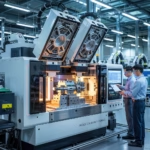
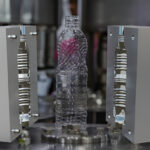
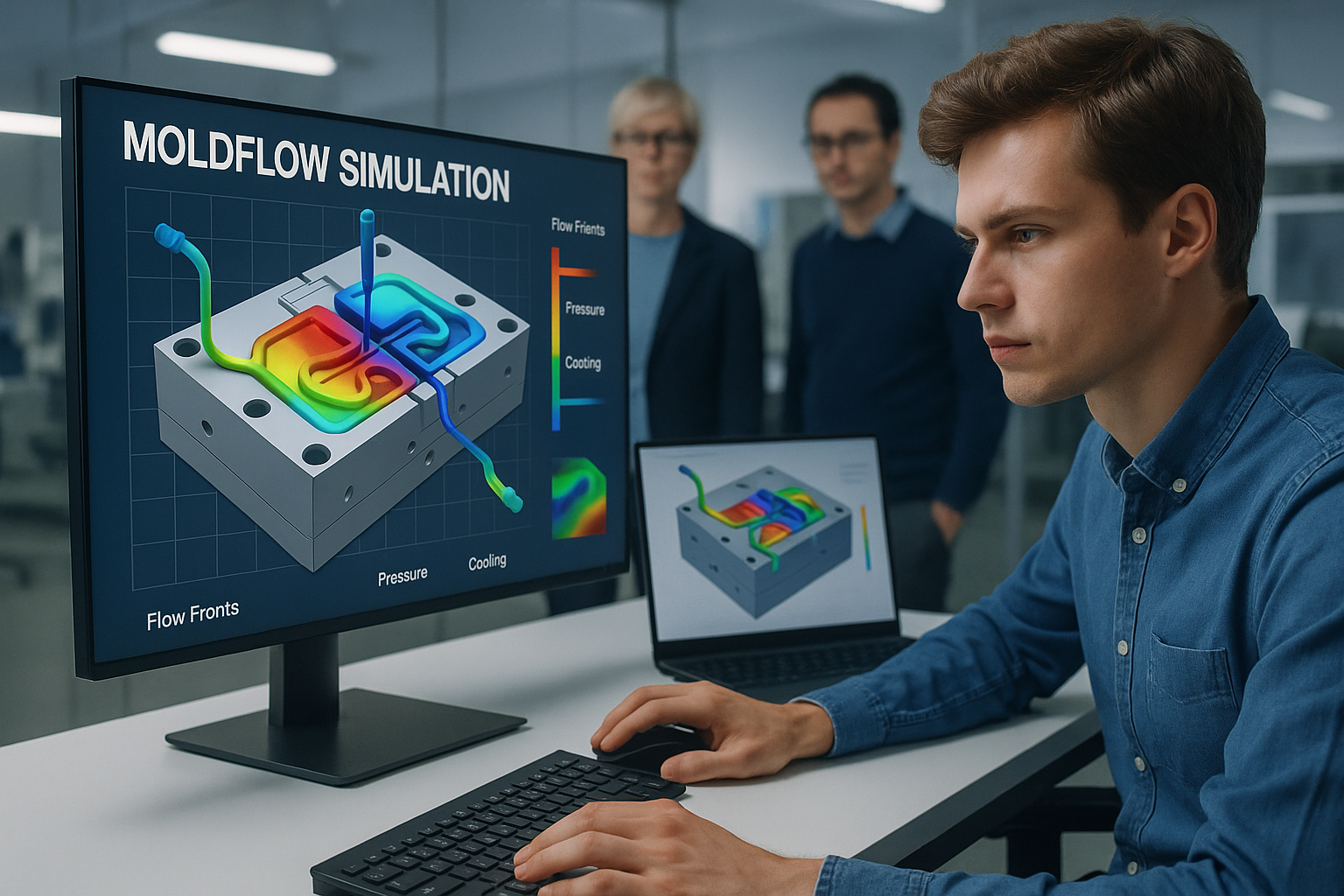
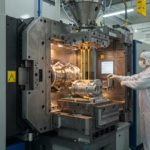
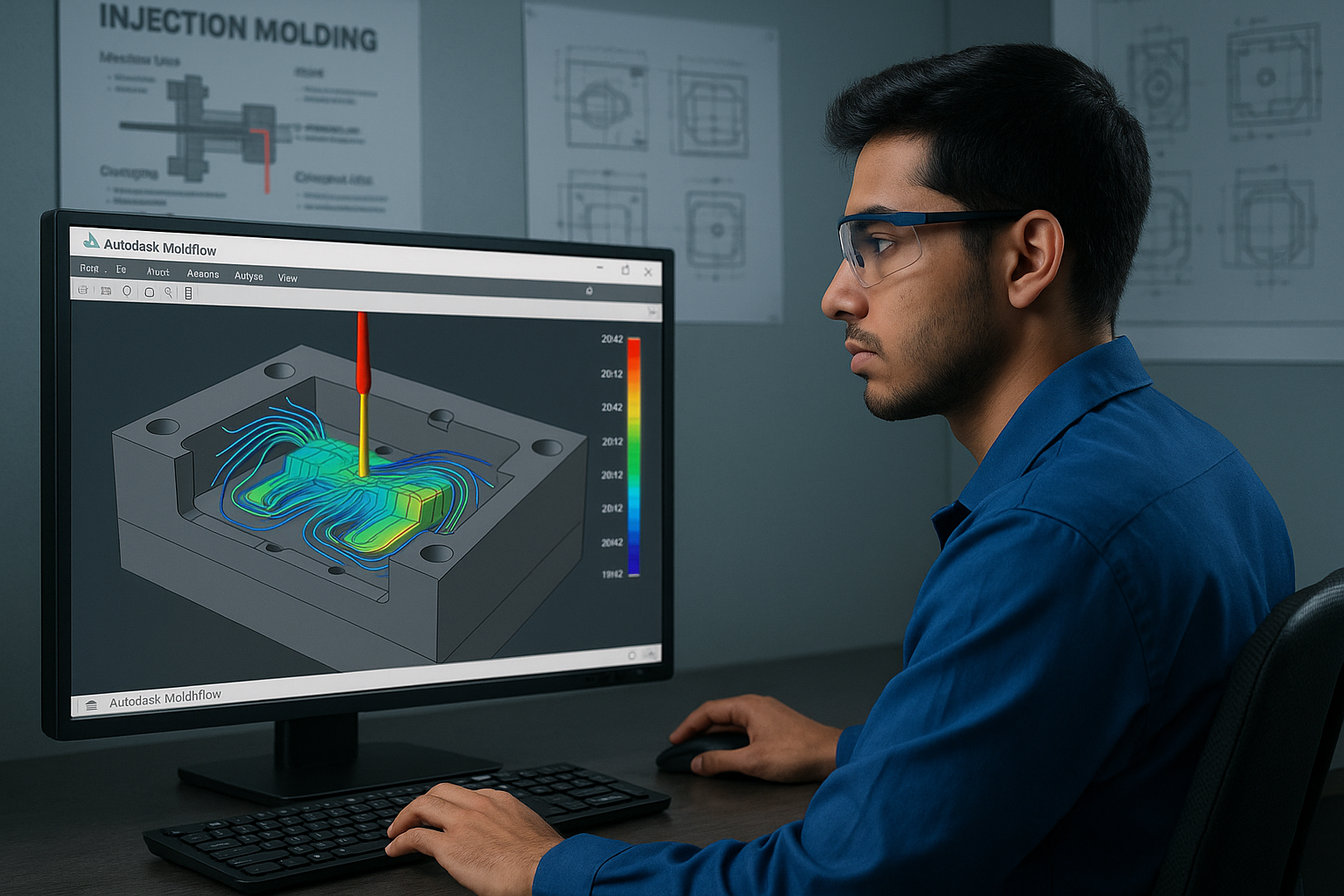
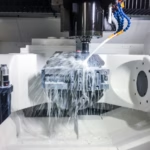
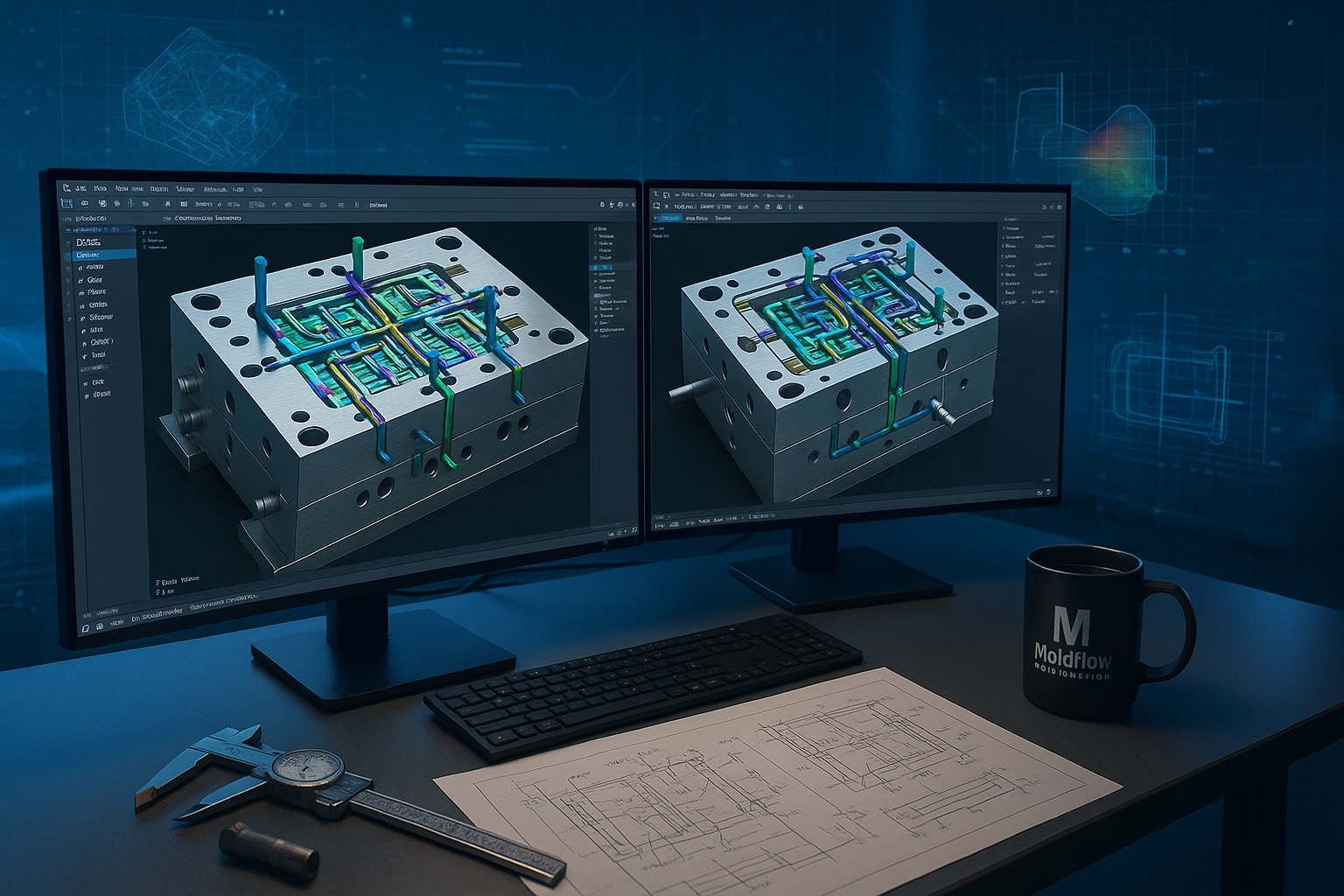
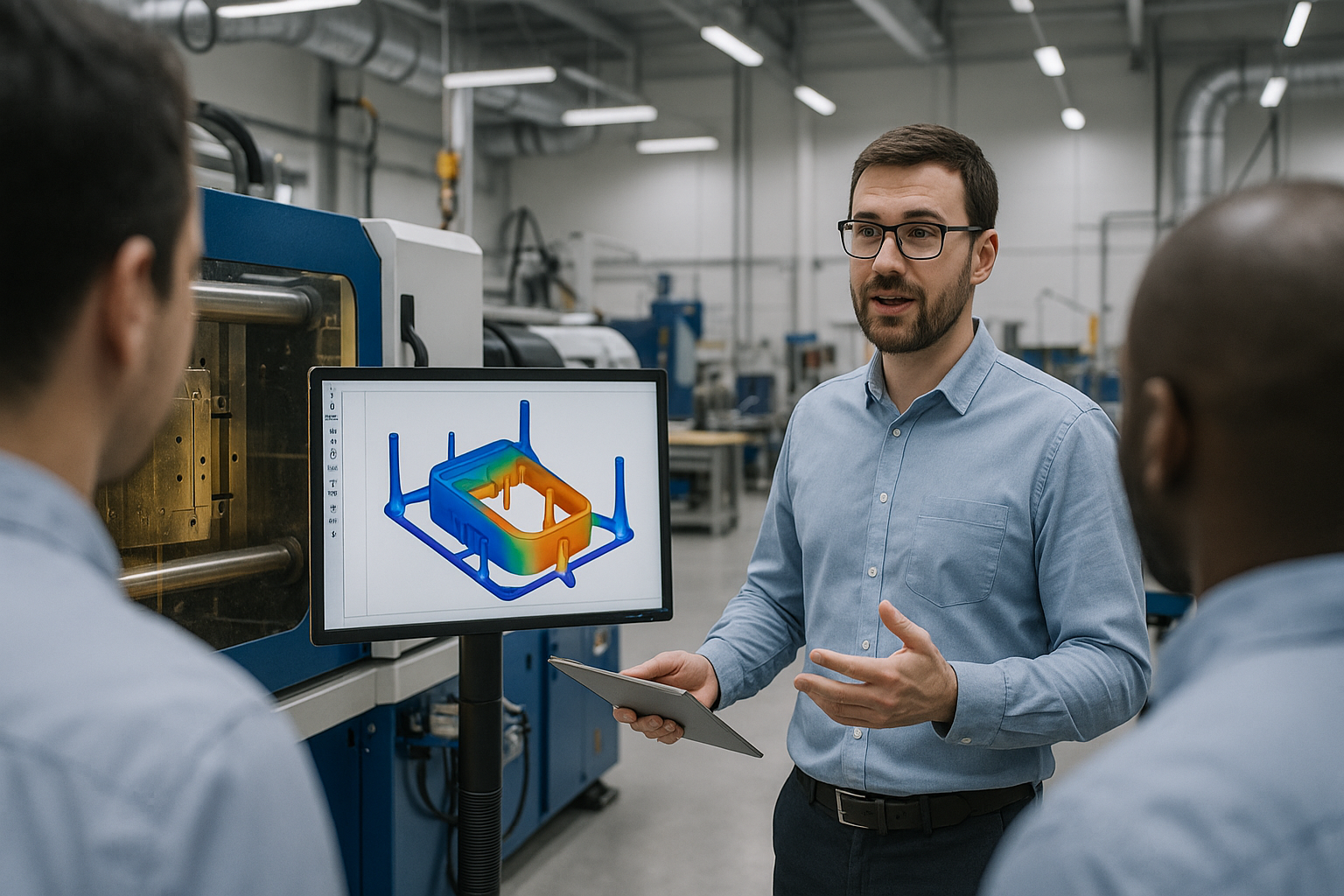
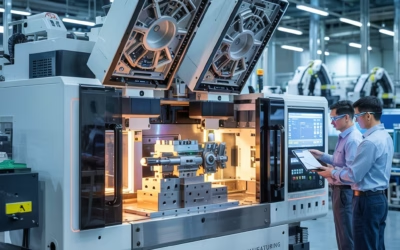
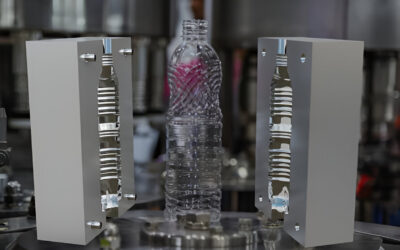
0 Comments